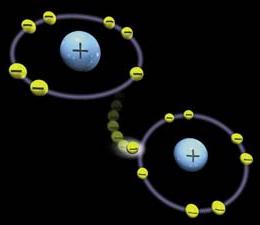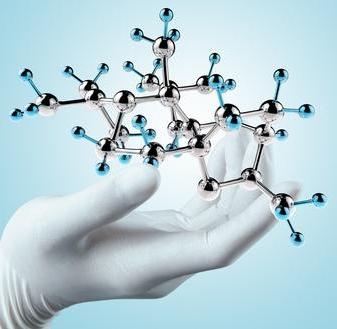Since in the modern medical industry one of the important topics is the study of prolonging life and improving health, the question arises of studying the effect of free radicals on the human body. Unfortunately, all work in this area is subject to commercial influence, so people who do not have a chemical education receive inaccurate or incomplete information. Very few people know that not all free radicals harm the human body. Most people buy and use drugs that get rid of radicals without thinking about whether this is necessary . Since the laws of commerce come first in the modern world, antioxidants advertised in various ways are quite expensive. But the primary free radicals in the human body not only do not need to be removed, but rather, their production should be stimulated. They participate in metabolic processes and help fight various diseases. But secondary free radicals are harmful and cause various diseases.

Before taking antioxidants or various vitamin complexes, you need to understand how many of them are needed in reality, and in which case they need to be used. Primary free radicals are oxygen radicals and nitric oxide and lipids. The first of them arise as a result of the activity of phagocytes and macrophages in cells. Since free radicals are molecules that do not have a paired electron in the outer orbit, they are chemically highly active. Thanks to the integrated genetic defense mechanism, cells get rid of such molecules through chemical reactions. After these reactions, hydrogen peroxide is formed. It is used by phagocytes and macrophages for their activities, it destroys the outer shell of bacteria and microbes. But hydrogen peroxide in the presence of iron turns into a secondary free hydroxyl radical. It is chemically active and is able to destroy almost any molecule of the human body.

Nitric oxide free radicals are released during the activity of macrophages, as well as blood vessel cells. Their quantity during normal metabolism is strictly normalized, deviation causes hypertension or hypotension. In the presence of hydroxyl, they become chemically active and begin to destroy cells. If free oxygen radicals are introduced into lipid cells, then the most active process of destruction begins. A chain reaction is initiated. Hydroxyls interact with fatty acids, which are part of cell membranes, resulting in the formation of lipid radicals. They enter into further chemical reactions, after which lipid peroxidation occurs. The resulting free radicals destroy membranes in the cell and protein compounds.

Such destruction is normal for the human body, due to them the cells are constantly updated. But free radicals destroy any molecules, including those containing DNA codes. They also know how to recover, but with such "early" reactions, "chemical errors" arise. Because of this, new cells form incorrectly, and eventually cease to form.
As mentioned above, to combat radicals, there are drugs containing antioxidants. These are substances that give away an electron and do not harm the body. They seem to bind free radicals, preventing destruction above the norm. In fact, the human body is capable of producing antioxidants on its own. But the emergence of free radicals is influenced by many factors, and their appearance in the body exceeds the norm. However, not all antioxidants, especially artificially created ones, are beneficial. An excess of them begins to bind and primary free radicals. If there is no indication for increased intake of antioxidants, then the emphasis should be on a balanced diet, the menu of which is best discussed with a dietitian.